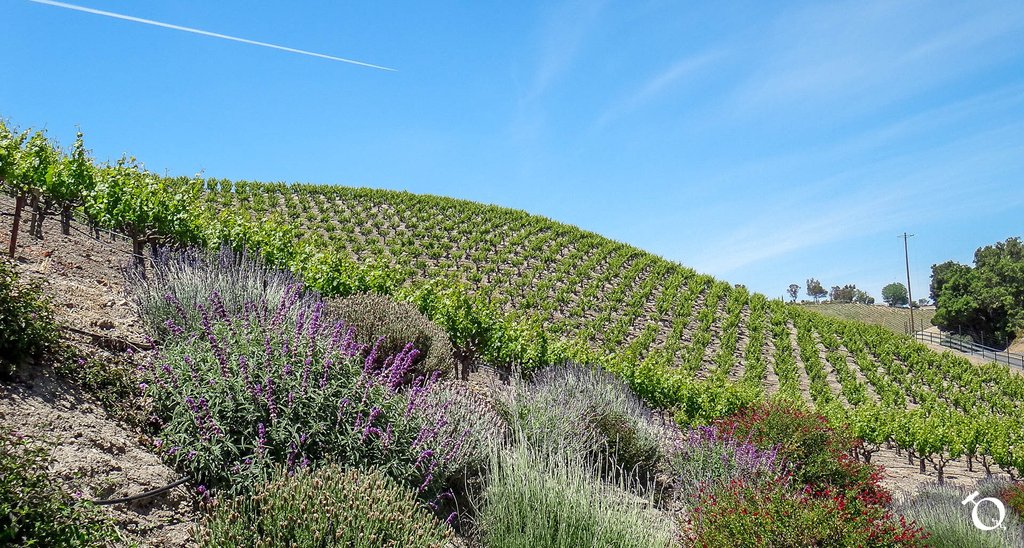Paso Robles Willow Creek District - Wine Region of the Day
/Just west of the City of Paso Robles and located between the Adelaida District and the Templeton Gap District is the Paso Robles Willow Creek District. Marine breezes are a strong force in the district with substantial rainfall (24-30 inches per year) and fog commonly found in the area. The temperatures in the region are cooler than the majority of the main viticultural area, averaging 2,900 growing degree days. The coolness of the area, slows down the speed at which the fruit ripens allowing the maximum of flavors and sugars to develop. The Willow Creek District is located around three tributary creeks of the Paso Robles Creek. These creeks have helped erode and blend the shales, mudstones and sandstones of the Monterey Formation with the coarse sands and gravels of the Paso Robles Formation. This alluvial mix is slightly alkaline with low water holding potential and of moderate nutrient value.
Bordeaux and Rhone grape varietals are the most commonly grown in the Paso Robles Willow Creek District.


